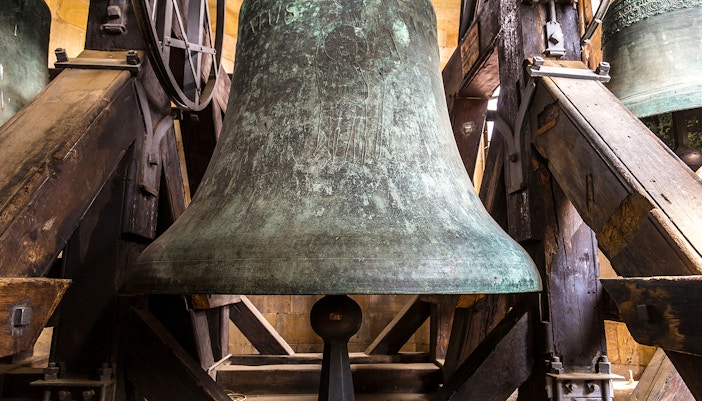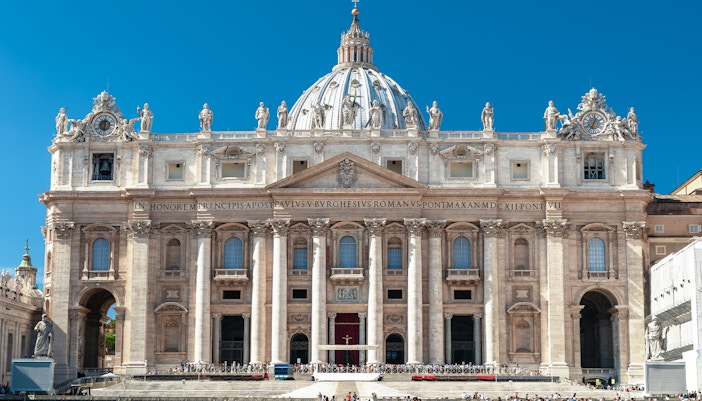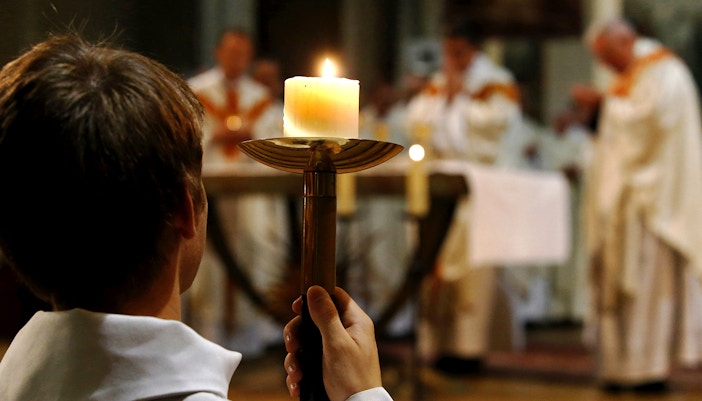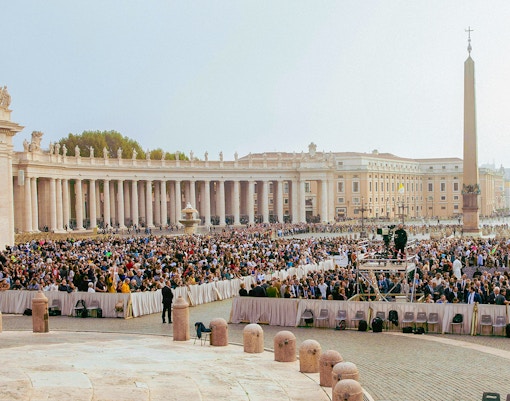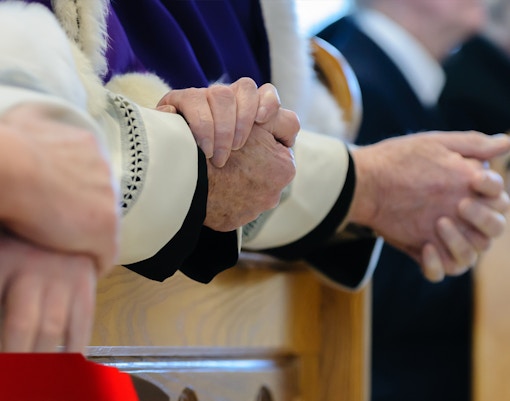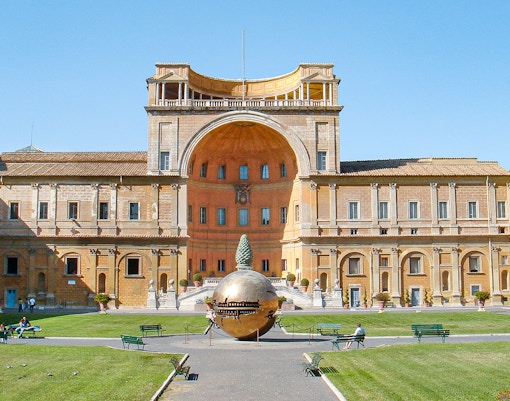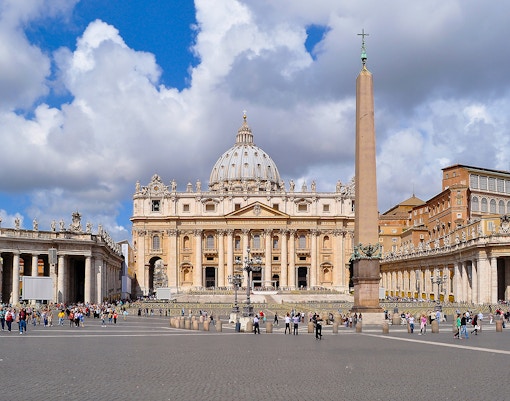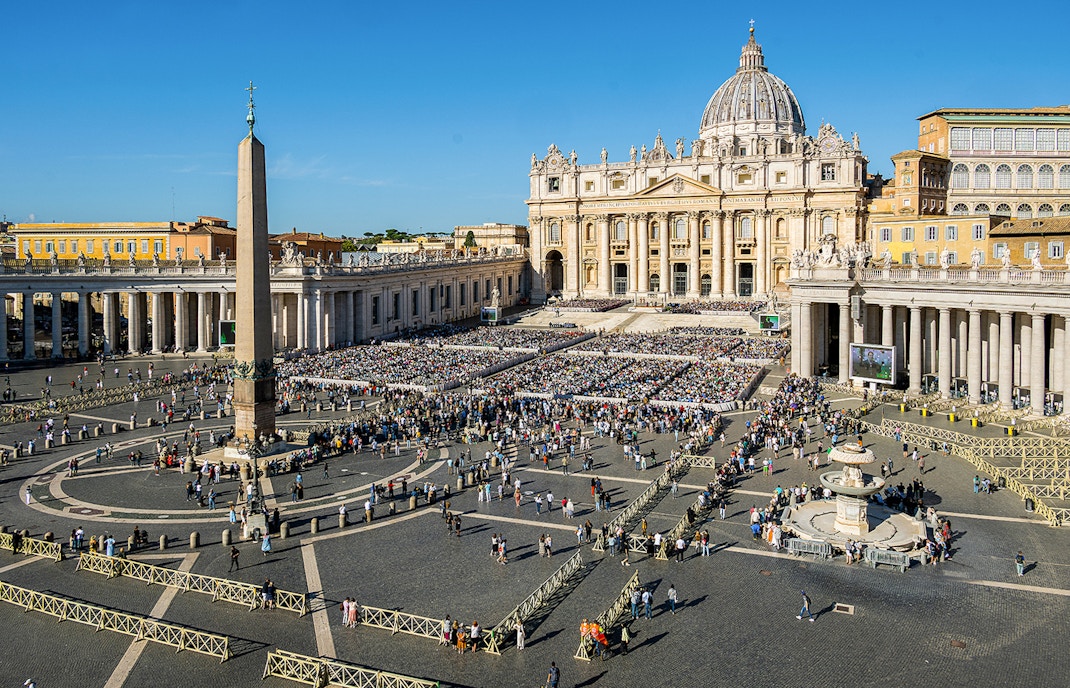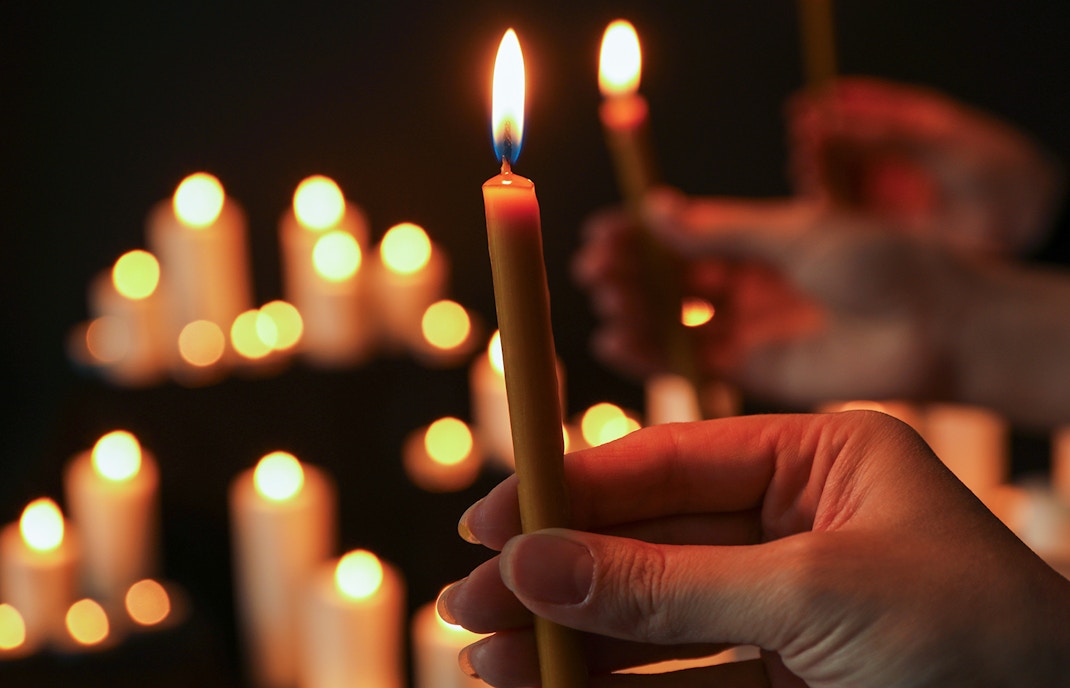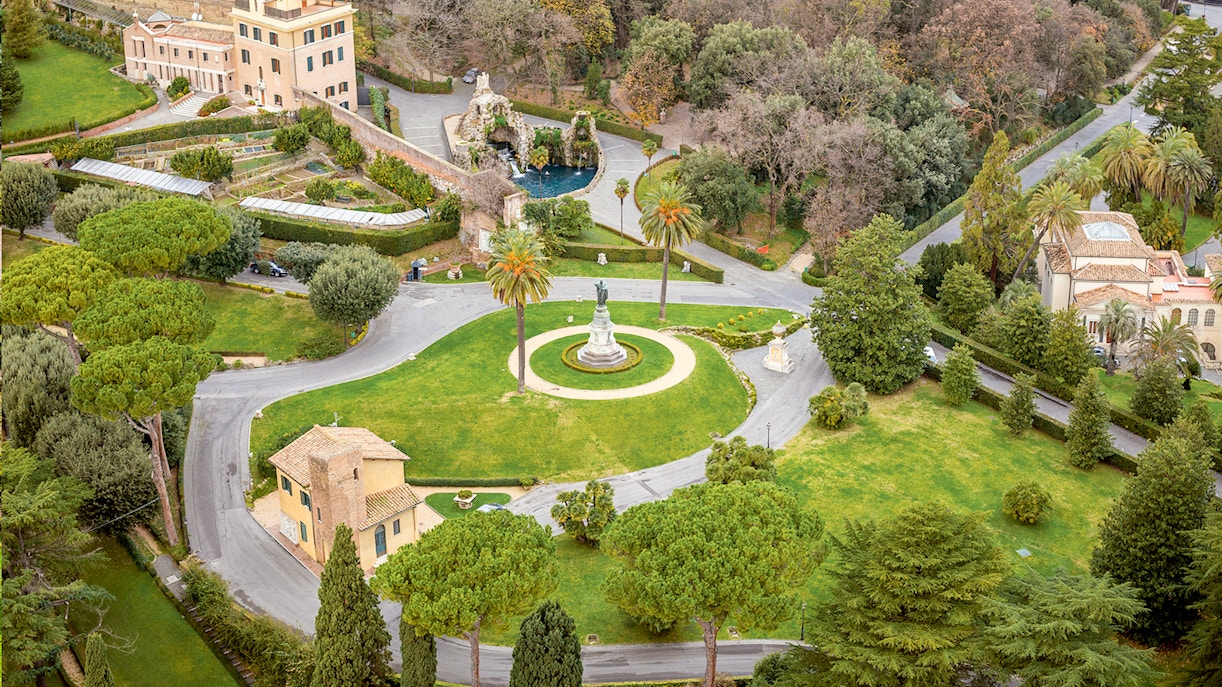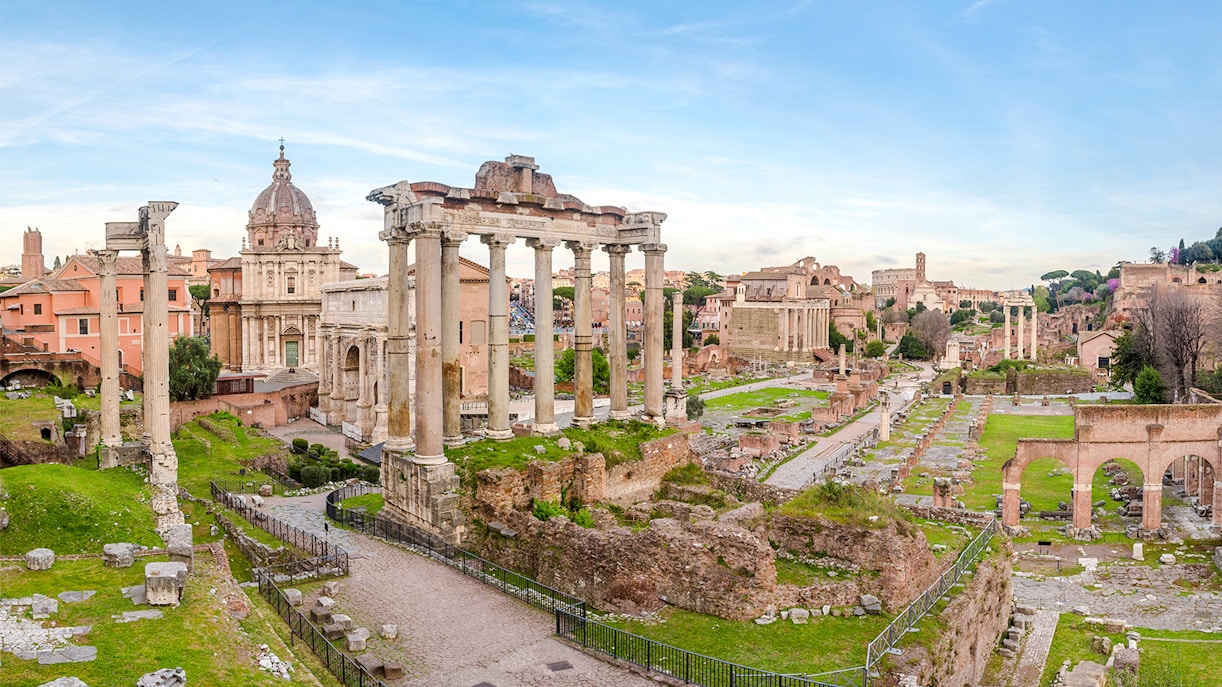The Pope’s death is officially confirmed by the Camerlengo (Church chamberlain), currently Cardinal Kevin Farrell, who performs a traditional ritual to certify the passing. Church bells ring across Vatican City and Rome, signaling the news. A formal statement is issued by the Holy See.
➡️ What to expect as a visitor: A quiet, somber mood across Vatican sites. Some attractions may close early or operate under restricted access. Expect more security and media presence.
